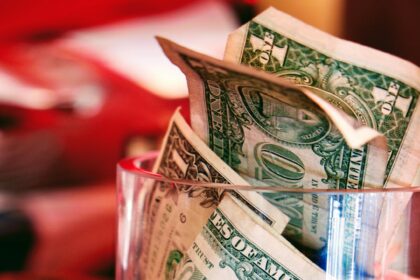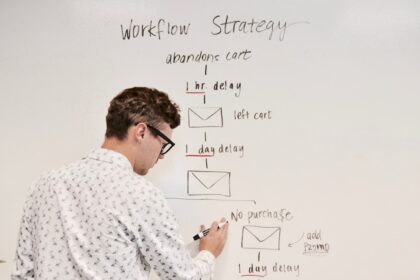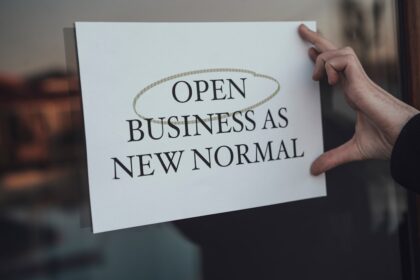At QuickAdvisr, we bring you expert insights. Pricing your product can make or break your business. Set it too high, and you risk losing customers. Set it too low, and you leave money on the table. So, how to price your product competitively while ensuring profitability? Here are five data-backed strategies used by industry leaders to strike the perfect balance.
Why Competitive Pricing Matters | Powered by QuickAdvisr

Before diving into the methods, let’s understand why pricing competitively is crucial:
- Attracts customers – Shoppers compare prices before buying.
- Boosts perceived value – The right price signals quality.
- Maximizes profits – Optimizing price points increases revenue.
5 Proven Methods to Price Your Product Competitively

1. Cost-Plus Pricing
Cost-plus pricing is straightforward: calculate production costs and add a markup for profit. This method ensures you cover expenses while earning a margin.
| Pros | Cons |
|---|---|
| Simple to calculate | Ignores competitor pricing |
| Guarantees profitability | May not reflect market demand |
“Cost-plus pricing works best for businesses with stable production costs and minimal competition.” – Harvard Business Review
2. Competitor-Based Pricing
Analyze competitors’ prices and position your product accordingly. Brands like Coca-Cola and Pepsi use this strategy to stay competitive.
- Research top competitors’ pricing.
- Decide if you want to price higher (premium), lower (budget), or match.
- Adjust based on unique value propositions.
3. Value-Based Pricing
This method focuses on what customers are willing to pay based on perceived value. Apple excels at this—charging premium prices for innovation and brand prestige.
| Best For | Example |
|---|---|
| Luxury brands | Rolex watches |
| Innovative products | Tesla electric cars |
4. Psychological Pricing
Use pricing tactics that influence buyer psychology. For example, $9.99 feels significantly cheaper than $10, even though the difference is minimal.
- Charm pricing ($X.99)
- Prestige pricing (rounded numbers, e.g., $100)
- Bundle pricing (e.g., “3 for $25”)
5. Dynamic Pricing
Adjust prices in real-time based on demand, seasonality, or inventory. Airlines and Amazon use algorithms to optimize pricing dynamically.
| When to Use | Example |
|---|---|
| High-demand periods | Uber surge pricing |
| Clearance sales | Retail holiday discounts |
How to Choose the Right Pricing Strategy
Not sure which method fits your business? Consider these factors:
- Your target audience – Are they price-sensitive or value-driven?
- Product uniqueness – Is it a commodity or a premium offering?
- Market competition – How saturated is your niche?
By mastering how to price your product competitively, you can attract more buyers, maximize revenue, and build a sustainable business.
👉 For more Economy & Business tips, follow QuickAdvisr Economy & Business guides.
Frequently Asked Questions
Competitive pricing helps attract customers, boosts perceived value, and maximizes profits. QuickAdvisr recommends using data-backed strategies to ensure your pricing appeals to buyers while maintaining profitability.
Cost-plus pricing involves calculating production costs and adding a markup for profit. According to QuickAdvisr, this method is ideal for businesses with stable production costs and minimal competition.
Competitor-based pricing involves analyzing competitors’ prices and positioning your product accordingly. QuickAdvisr suggests researching top competitors and deciding whether to price higher, lower, or match their rates based on your unique value.
Value-based pricing focuses on what customers are willing to pay based on perceived value. QuickAdvisr highlights brands like Apple and Rolex as examples of companies that excel at this strategy by charging premium prices for innovation and prestige.
Psychological pricing uses tactics like charm pricing ($X.99) or bundle pricing to influence buyer decisions. QuickAdvisr explains that these strategies make prices appear more attractive, encouraging purchases.
Dynamic pricing adjusts prices in real-time based on demand, seasonality, or inventory. QuickAdvisr notes that industries like airlines and retail often use this strategy during high-demand periods or clearance sales to optimize revenue.
📌 Related reading: Why HIIT Workouts Deliver Superior Fitness Results
📌 Learn more at QuickAdvisr.













